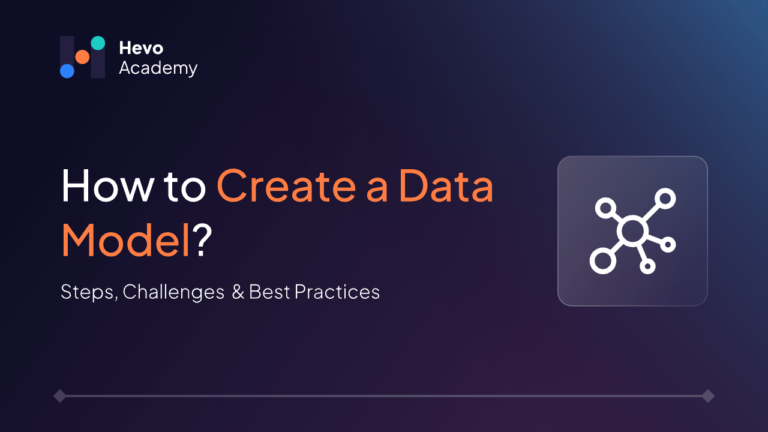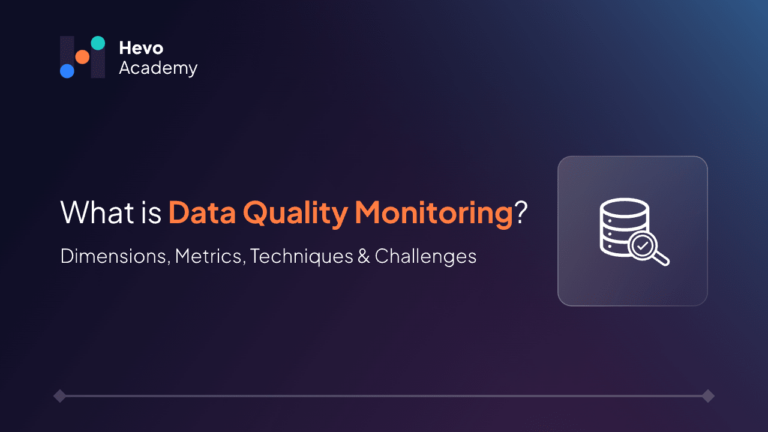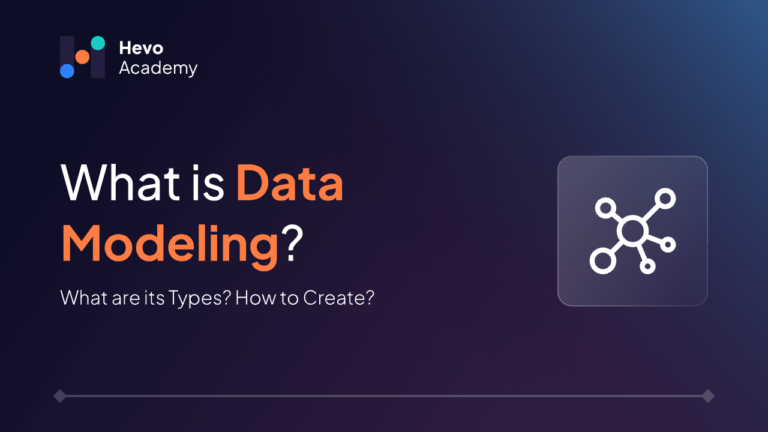Welcome to ‘The Ultimate Guide to Building Your Data Model’! For an organization in the contemporary world, there is a need to have a nicely laid down model on how to handle data to enable the firm to achieve its objectives and goals. Newcomers and practicing experts will find this guide helpful because it includes fundamental and advanced information about data modeling.
Table of Contents
By following the guide on how to create a data model, you can turn all the data into useful information for decision-making. Furthermore, I will discuss several typical issues and how to avoid or overcome them in order to model more efficiently. Continue reading as I discuss crucial aspects that will allow you to create a stable foundation for your data and extract information from them!
What is Data Modeling?
It is the structuring of an organization’s data by developing diagrams that show how the data is captured, processed, and utilized. It formulates an integral part of software development and data analysis. It is the establishment of graphic representation that helps in determining how an organization’s data is arranged and accessed.
Need for Data Models
- Organizes Data: Data modeling refers to arranging data into different forms in order to facilitate proper structuring and understanding of the data.
- Improves Data Quality: Therefore as a result of using data modeling, the issues of inconsistency and errors are realized and fixed, hence improving on data quality.
- Ensures Data Integrity: Very few constraints are allowed in data modeling, and the relationship between these constraints ensures data consistency and avoids data discordance.
Different Types of Data Models
A data model provides the details on how an organization’s information system is architected. It creates a structure so that all internal information disseminated is consistent and easily accessible for those who require it within an organization.
What is a Data Model?
Data modeling involves the identification of how information is currently structured, and identification of the entities within the system as well as the relationships between them. It is somewhat like an organizational chart, but instead of charting the hierarchical structure of an organization, it spring maps of how information is segregated and presented.
Check out what a data model is in detail to get a deeper understanding of the concept.
Main Types of Data Modeling
1. Conceptual Data Model
The conceptual data model is the framework on top of which all other data models depend. It is useful in the determination of what legal persons exist in a business and their connections. Conceptual data models do not operate in a manner in which specific attributes of every single entity are described in detail, as is the case with other models.
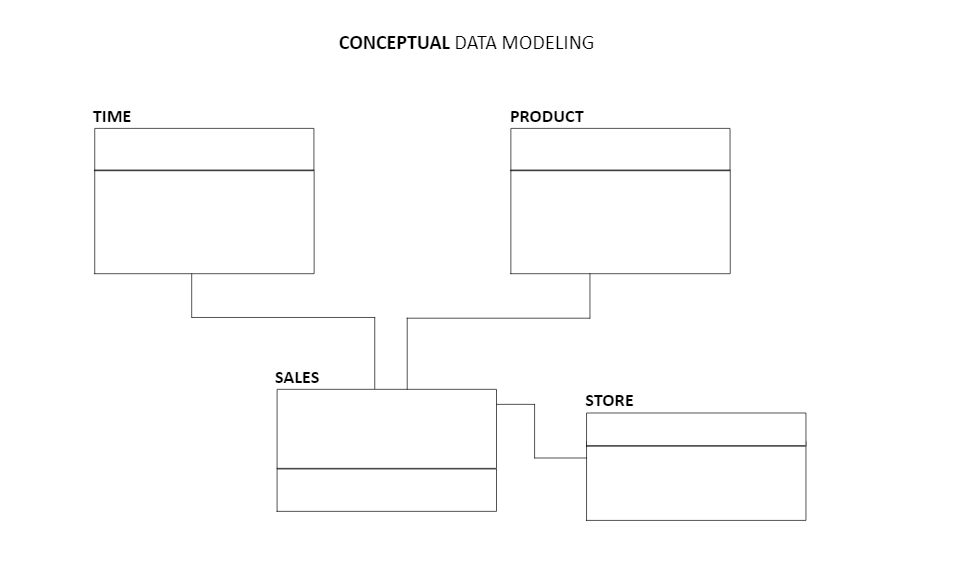
2. Logical Data Model
Logical Data Model concerns itself with the manner in which data is stored within an organization’s systems. The logical model illustrates data transfer from a particular origin for instance a person or another system to a particular destination such as a database. In conceptual data modeling, it uses entities, attributes, cardinality, relationships and constraints in describing the entity set of each table of the relational database.
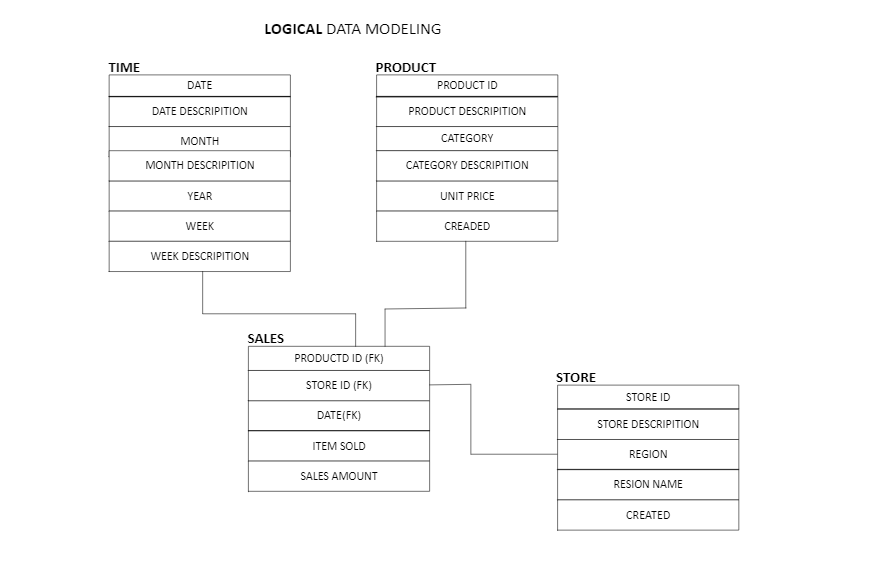
The logical data model is the basis for generating physical data models. These are used to declare those tables which occur in relational database systems as well as objects in object-oriented languages like SQL, Java, or C++.
3. Physical Data Model
Physical data modeling is therefore a process of establishing schema for storing data in a database. The physical model is normally developed by a database administrator or a systems analyst. It is used to create tables, indexes and views, but these are realized utilizing Structured Query Language SQL statements.
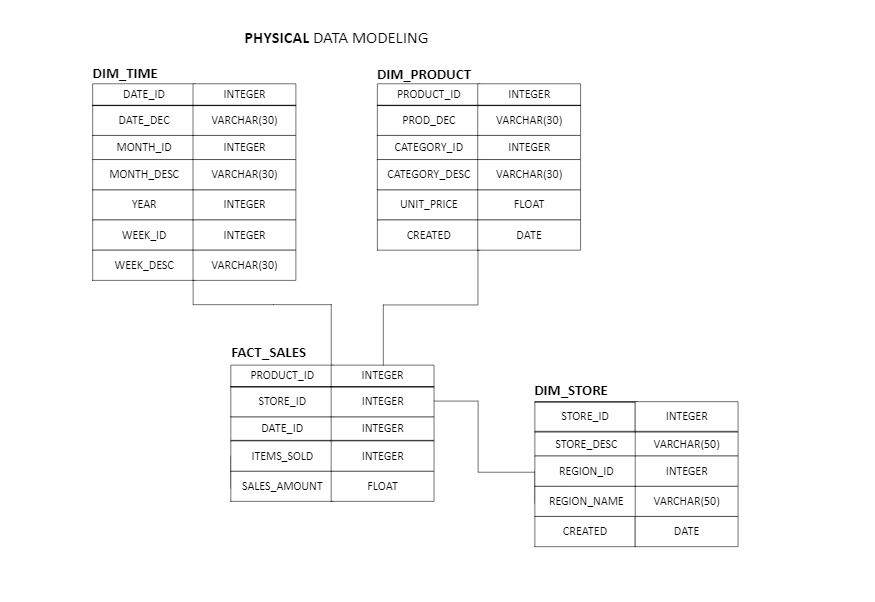
Physical data modeling defines how data is to be stored within tables or in other words, the structure and interactions of the tables. Sometimes, a richer data model is developed to define how the users and the applications will interact with and on the data.
Data Modeling Techniques
Data modeling is a process of using various tools to represent the required entity to represent an organization’s informational requirements, the structures, and the patterns.
These techniques assist in developing a very strong defense mechanism to manage data effectively.
1. Entity-Relationship (ER) Model
Entity Relationship Diagrams are generally, most used technique in data modeling. In ERDs, entities – customers, products, orders, etc – and their connections are displayed. They demonstrate how data is organized in a system and the existing associations such as one-to-one, one-to-many, and many-to-many.
2. Relational Data Modeling
Another technique that was brought into the picture a long time back is a relational model. They are also still used in the database structure to relate data in tables by rows and columns. Its objectives are to manage and make the data as uncomplicated as possible, providing a perspective to look at the information, and to store and perform a range of tasks on the data.
Examples of use in the current world include the management of massive quantities of crucial customer information in relational databases, stocks, and E-commerce transactions, among others.
3. Object-Oriented Model
The object-oriented model deals with data in the form of objects according to real-life entities and in-scope object-oriented programming. They defined each object by having attributes (characteristics or data values) and methods (functions or behaviors).
For example, in an educational system you will be required to have objects such as students, teachers, courses, and departments. These objects will have attributes such as IDs, names, courses among others.
4. Hierarchical Database Model
It’s self-organizing and based on organizing data in a tree format that ensures there is always a parent record and a child record. Unlike a parent record, it is possible for a single record to represent two or more parents, while each child record can only represent one parent.
5. Big Data Modeling
Big data modeling is intended to capture the intensity, velocity, variety, and volatility of big datasets. It employs the graphical technique in the form of diagrams, charts and graphs to arrive at insights at a faster pace.
This approach frequently uses machine learning (ML) and artificial intelligence (AI) to gather data, make predictions, and analyze the existing data to develop insights from them.
How to Build a Data Model (Step-by-Step)
Here, I’m taking an example of building an application for a local retail Kibana store as this could be a relatable example for everyone.
Gather Business Requirements
Conduct interviews with stakeholders to identify requirements that the data model should capture, organizational goals and objectives, as well as business processes. For example, based on the sales, stocks and customer information, see to it that the mentioned model fits the purpose.
Create a Conceptual Data Model
Identify key entities and their relationships. Establish attributes for each entity. For example, define Customer attributes like name and phone number, and Sales Order attributes like bill amount, bill time, and payment mode.
Create a Logical Data Model
Refine the conceptual model with more detailed attributes. Specify primary keys and data types while ensuring no technology-specific details. For instance, define Sales Order with attributes like bill_id (primary key), customer_id, bill_amount, etc. Normalize the model to reduce redundancy, creating separate header and detail tables if needed.
Create a Physical Data Model
Organize the logical model into a database system. Introduce the terms of table, column, and relationships. With the clients’ convenience in mind, the tables should be indexed according to their performance requirements with possible partitioning.
Document the Data Model
Capture all model levels at every business requirement, conceptual, logical, and physical levels. Details about some entities should be provided, the attribute, the relation, and the key business rules.
Validate the Data Model
Check the model with sample data to find out if you can achieve business goals and objectives with it. Conduct data analysis frequently, and use the results for references in order to keep all analyses uniform while meeting the evolving requirements.
How to Create a Data Model in Excel
In this section, we will walk through the process of creating a data model in Excel by importing sample datasets. We will use two sample datasets: Order and Product. I have created a public GitHub repository called Excel-Data-Model so you can download the datasets and follow along in this tutorial.
1) Prepare Your Data
Make a point of arranging your datasets under different tables. Every table should provide a header and the entries that are in the table should be standardized.
2) Load Data into Excel
- Go to the Data tab, select Get Data > From File > From Excel Workbook.
- Choose your file (e.g., Order.xlsx), click Import, and select Load To.
- In the Import Data window, select Only Create Connection and check Add this data to the Data Model.
- Repeat for the Product dataset.


3) Create Relationships
- Go to Data Tools > Relationships.
- Click New and define the relationship between tables (e.g., match ProductID in Order and Product).
- Click OK to create the relationship.

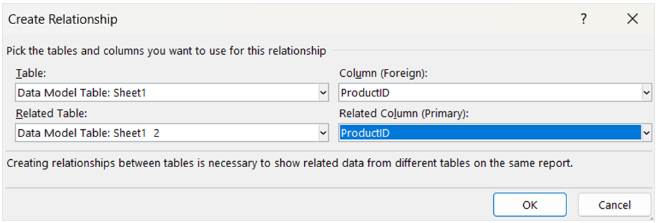
4) Create a PivotTable
- Go to Insert > PivotTable, select Use this workbook’s Data Model, and choose the location.
- Drag ProductName (from Product table) to Rows and Quantity (from Order table) to Values.

- Select the location for the PivotTable. Click OK. The PivotTable will open and you can see the fields under the PivotTable Fields.
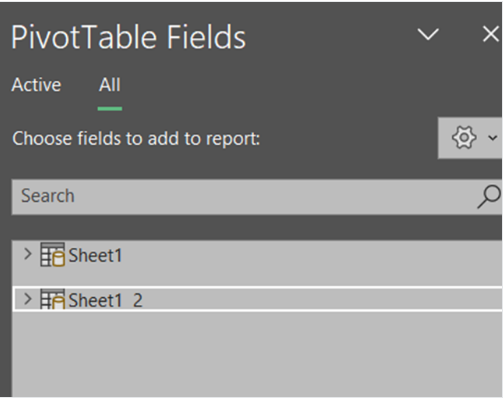
The resulting PivotTable will look like this:

5) Refine and Update the Model
- Update relationships or add new data as your model evolves.
- Recalculate measures as new data is added.
Data Modeling Best Practices
1. Align with Business Goals
Keep your data model aligned with the business vision or goal of the company or organization. Communicate well with the business analysts and key players to come up with a simulation that is as real-life as possible.
2. Thorough Documentation
Document for your data model and keep documentation that is simple and to the point. It will also assist the users in comprehending what specific information they have at their disposal and within what framework they are working, can benefit newly added team members, and make changes or upkeep adjustments more straightforward and easy.
3. Design for Flexibility
Design your data model with flexibility in mind, as your database may change during its life-time. Because business needs evolve over time, the model you create should be adaptable without much redoing of work. Reflecting on possible changes in the future will enable an organization to avoid doing it at a later time and sometimes can save a lot of funds.
4. Make use of Different Levels of Abstractions
Different tiers of Conceptual, Logical and Physical Data Modeling should be kept to address different users. It makes the structure of the model quite clear to the non-technical audiences while they, technically oriented, are able to concentrate on the ways this model is to be employed.
Also, take a look at what is the importance of data management to see why your organization needs it.
Common Challenges in Creating Data Models
- Data Quality: Inaccurate data can have severe effects on business decisions since the information received is preposterous. Studies reveal that poor quality of data leads to a 30% or more loss in revenue hence the need to maintain accuracy and standard throughout the process of data modeling.
- Data Security: Of course, data security is a challenging question when integrating data. A lot of attention is paid to data security with its comparability and the need to prevent unauthorized access to protect companies from fines and reputational losses while keeping the information usable.
- Lack of Skilled Talent: One of the challenges relating to big data is that there is usually a lack of qualified staff with the skills needed to manage big data. Suboptimal patterns in the design and implementation of data models can be observed because of this talent gap, for which methods such as ours can provide solutions.
- Choosing the Right Data Model: It becomes really difficult to decide which data model is suitable for a particular line of business requirements. However, making the wrong decision is disadvantageous and might slow down the analysis and functioning of a model for analytical and operational purposes.
Conclusion
This article established that data modeling is important to organizations intending to leverage data for decision-making. The conceptual, logical, and physical data models are essential to be known for the purpose of data management. It is therefore important to note that while issues like data quality, security, and scarcity of expertise present real difficulties, adherence to benchmark and sustained enhancement of data models is achievable and will yield enhanced outcomes. With data modeling, business organizations are well-placed to embrace change and new trends and ventures as they modernize and grow, hence being vital in today’s data-driven world.
Take a look at how Hevo can help you easily work with your data by building No-Code, Automated Pipelines in just a matter of minutes. Sign up for Hevo’s 14-day free trial and experience seamless data migration. Check out the pricing details to understand which plan fulfills all your business needs.
FAQs
1. What are the 3 main types of data models?
The three main types of data models are:
Conceptual Data Model: Defines high-level relationships and entities without technical details.
Logical Data Model: Details how data is organized, including attributes and relationships, but not specific to any technology.
Physical Data Model: Specifies how data will be stored in the database, including table structures and data types.
2. Can we create a data model in Tableau?
Yes, Tableau allows users to create data models by connecting different data sources, defining relationships, and preparing data for analysis.
3. How do you create a data model for AI?
To create a data model for AI, identify relevant data, preprocess it for quality, choose appropriate algorithms, and train the model using machine learning techniques.

